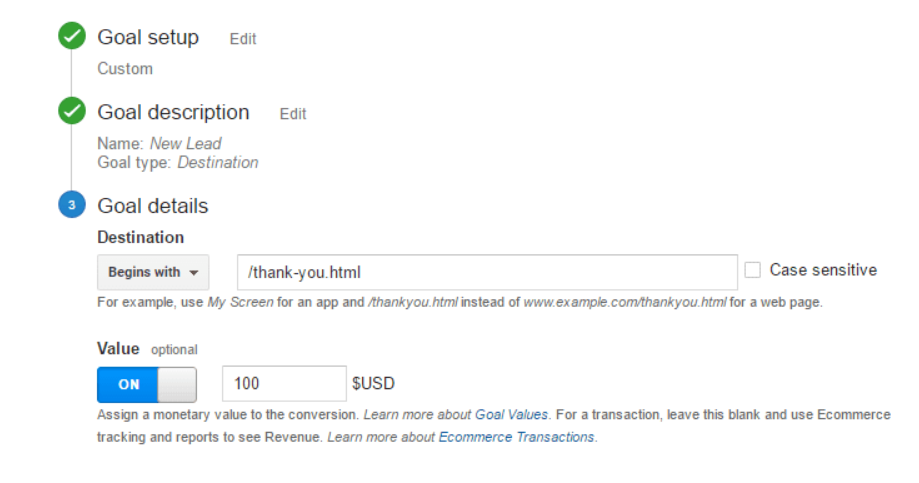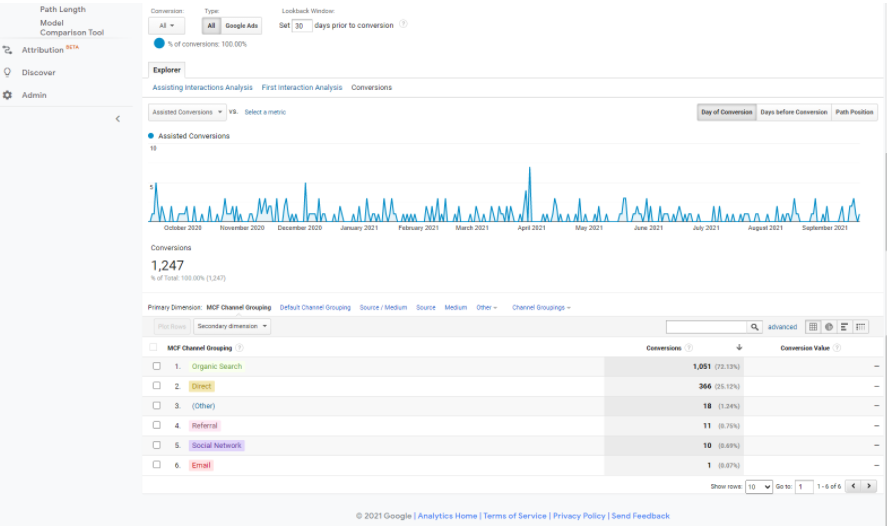It is essential to calculate SEO ROI and demonstrate the value of search engine optimization efforts through organic traffic, just as you would with any other marketing strategy. Simply measuring KPIs such as website traffic and SEO ranking positions is not sufficient for monitoring the success of SEO activities that receive funding, whether from an internal team or outsourced sources.
Of course, the cost of increasing your organic search traffic will vary substantially depending on whether you employ a marketing agency, an in-house marketer, or do it yourself. And don’t forget that agency prices also have a pretty wide range.
So is it worth the investment? You can only answer that question using facts, which is why quantifying the ROI of your SEO efforts is important.
Check this out for more SEO content:
- The definitive guide to SEO by Incisive Edge
- SEO Strategy l Increase Relevant Organic Traffic
- The Dos and Don'ts of B2B SEO: Best Practices for Success
- Adapt Your SEO Strategy as Google Shifts from Search Engine to Portal
Why Measuring SEO ROI is Important
Most businesses report that they drive over half of their traffic from organic search.
For this reason, it's critical that you really grasp the financial value that the channel is bringing to your company.
While traditionally used SEO KPIs such as sales and conversion rates are important to track (in fact, they're needed to indicate progress), achieving a good ROI is the ultimate measure of success.
It is hard to identify which if the channels in your marketing plan are working best and which should be scaled up unless you know exactly how much money is returned for every dollar invested in your approach.
These are the metrics that your board will be looking for when you measure SEO ROI for your SEO campaign. After all, people at the top want to know what their investment in the SEO agency is producing in terms of cash in the bank. When you can demonstrate a good SEO ROI, you're demonstrating the success of your marketing strategy and getting buy-in from stakeholders across the organisation.
Many people have struggled for years to correctly measure their SEO ROI.
PPC has easily identifiable cost-per-click charges, so you can readily identify the spending over a specific time period. This is often the cost of running the advertisements plus agency costs, or the cost of your internal staff if you manage campaigns in-house. Simply put, it is simple to calculate an appropriate investment value.
SEO, on the other hand, is a little more difficult to quantify because the channel is all about obtaining organic visibility rather than purchasing it. There is no set fee for each organic click. But that’s why we’re here.
How to Calculate the ROI of SEO
Calculating the positive ROI of your SEO investment involves not only tracking leads, but also factoring in SEO costs. While the process may differ depending on whether you make sales directly via eCommerce or converting leads, it is relatively simple for lead-based business models. In this article, we'll be discussing how to measure the ROI of SEO for lead-based business models.
1. Set up Conversion Tracking
Setting up conversion tracking in Google Analytics is the first step in calculating your ROI from SEO. This allows you to track all revenue-generating conversions on your website.
It's a little more difficult to acquire precise data on how much income you produce if you don't make direct sales on your website. The most precise estimate is obtained by assigning monetary values to each of your on-site conversions based on previous sales data.
In Analytics, go to Admin > View > Goals and set goals for each of your on-site conversions. These goals can range from contact form submissions to free quotation requests, and even phone calls if you have call tracking enabled on your site.
Then, in the Goal Details box, give an estimated value for each of these conversions.

These figures may not be exact, but if you have any analytics data to work with, you can get a good idea.
- Determine how many leads turn into sales. For example, if you receive 100 leads each month and 25 of those leads convert to customers, your goal has a 25% conversion rate.
- Calculate the average price of each sale. If each of your leads spends $200, your average value is $200.
- Calculate the worth of each lead. Divide the total value of conversions by the initial number of leads to determine the value of each lead. Using the figures above, if you get 25 clients and each spends $200, you will earn $5,000. Divide $5,000 by your initial 100 leads, and each lead from this goal is worth an average of $50.
Apply this formula to each of your goals and input the associated values before proceeding to the next stage.
2. Sort Your Conversions by Channel
After a month or two of tracking conversions, you should have enough data to begin calculating your ROI from SEO.
The quickest way to accomplish this is to go to Conversions > Multi-Channel Funnels > Assisted Conversions and look at the Conversions report.
Select “Conversions” at the top of the report to see all of the conversions on your site within the time period you specify, organized by the channels that drove them.

The Organic Search channel comprises all people that found your site via search engine results such as Google and Bing, meaning that you can attribute such conversions to your SEO strategy.
3. Formula for SEO ROI
Once you've identified how much income your SEO strategy earned over a certain time period (usually a month or quarter), you can compare that amount to your SEO expenditure during that time period to calculate your ROI.
The following formula is commonly used by businesses to determine the ROI of SEO:
(Return from Investment – Investment Cost) / Investment Cost
If your company already has a technique for assessing the ROI of other marketing channels, you can use the same approach for SEO.
Some businesses, for example, measure ROI based on the net profit from each sale rather than the overall revenue. Use the same values for your SEO approach or else your comparison will be distorted.
If you're running SEO campaigns, it's important to have a technique for calculating SEO ROI. One option is to use the Investopedia formula: (Return from Investment - Investment Cost) / Investment Cost. Once you have calculated the ROI, you can multiply the result by 100 to express it as a percentage.







